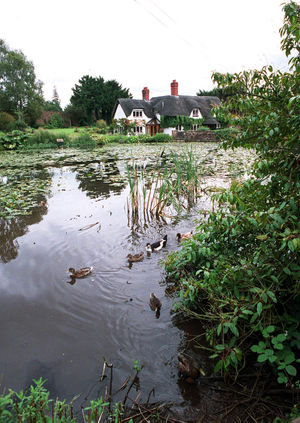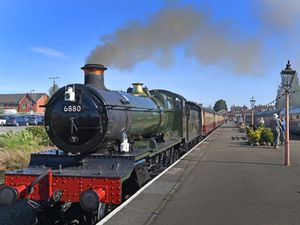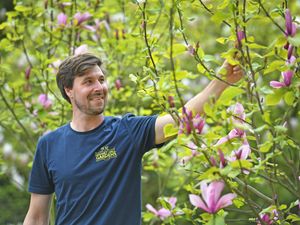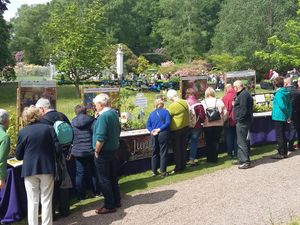How a Shropshire village's secret beauty was blown open to visitors from the city
First there was the word. Actually, two words, delivered with such cutting vocal strength they made the still village pond shimmer.
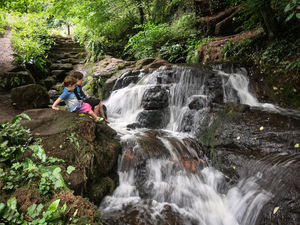
“Oy, mate!”
Then the word became flesh. Pink, disobedient flesh spilling and wobbling over long football shorts.
“Oy, mate!” the bald headed individual again bellowed. “Where’s the waterfall?”

I met the visitor’s stare, I gazed briefly at the bulldog tattoo on his leg, the amateurish, inked Chinese lettering on his forearm that spelt hepatitis in any language, then smiled at his partner, her piercings glinting in the spring sunlight.
It was 11 on a glorious Sunday morning and this was the fourth “where’s the waterfall, mate?” enquiry I’d fielded.
Such is the clamour to experience Badger, a quintessential chocolate box parish, with thatched cottages, mysterious caves, village green…and waterfall. That damn waterfall.
Straddling the borders of Shropshire and Staffordshire, the rural community is a delightful dollop of jam and Jerusalem located midway between the city roar of Wolverhampton and Bridgnorth’s bustle.
It is a tetchy testimony to the power of press and social media, a reluctant, new-found tourist trap.
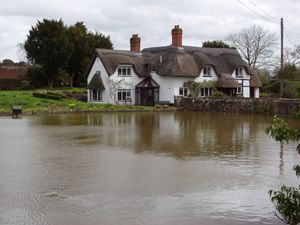
Just five years ago, the community was little known, a quaint name that raised a smile when mentioned. Traffic problems on the ribbon of narrow country lanes that lead to Badger began and ended with slow moving agricultural vehicles, some spilling their heaped load of root vegetables.
Then, in 2020, the Daily Mail discovered the idyll and aired its secrets, under the intoxicating headline “Revealed: The stunning beauty spots in the heart of England”, in gushing prose that deserved an Elgar soundtrack.
They were all there, with particular emphasis placed on the Dingle, a lush wilderness studded with architectural follies, wonderful walks – and a waterfall.
A host of social media sites soon added their own adulation. This is a gem, they posted. This is a treasure. This is a paradise.
Bikers, bull-terrier owners, barbecue kit carriers and bloggers – all recently unleashed from lockdown – created a tsunami of tourism, an endless line of parked cars clogged the narrow tarmac veins that bled into the village.
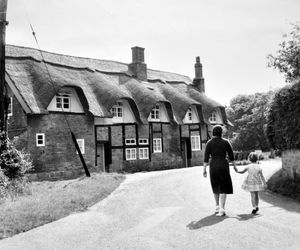
Locals – a 2011 census counted less than 130 of them – endured a steady crocodile of neck-craners. They seethed over the trail of crisp packets, chocolate wrappers and, on one occasion, condoms.
They burned with anger over campers who lit fires. They shook fists at the drum and bass music blaring from the Dingle’s bowels.
This was a treasure being trampled on, they protested. This was a paradise in danger of being lost.
An angry letter was sent to the Daily Mail’s editor, who possibly pointed out his publication had merely reviewed new book Wild Guide Central England, a chronicle of unknown, hidden locations compiled by authors Nikki Squires, Richard Clifford and John Webster. “Discovering the secluded beauty of Badger Dingle in South Staffordshire was another high,” they told the paper.
The sweet smell of marijuana that hung in secluded parish pockets suggested some were indulging in a more illicit high, snapped residents.
Pull-ins along the country lanes bristled with warnings of parking restrictions.
The parish council leader slated those with “no standards and no social conscience” and, with feelings running high, urged residents to remain calm.
It was a wise call for restraint.
